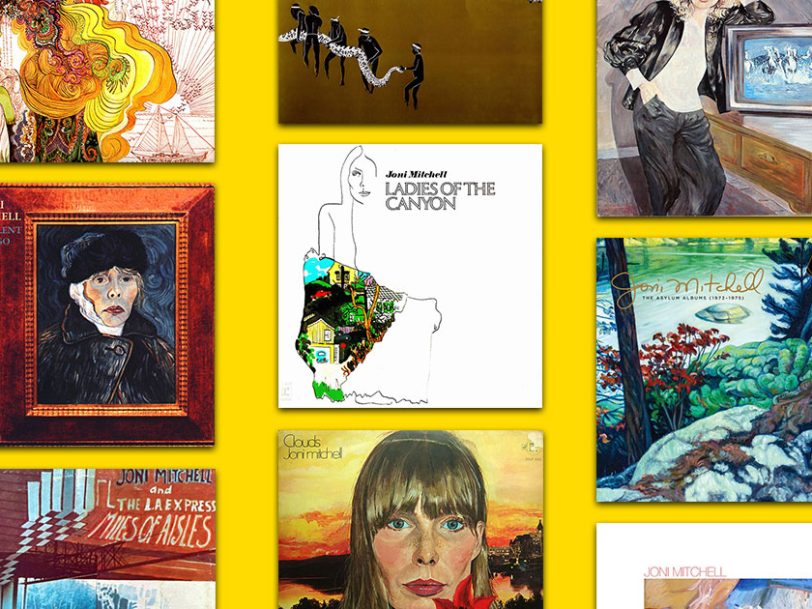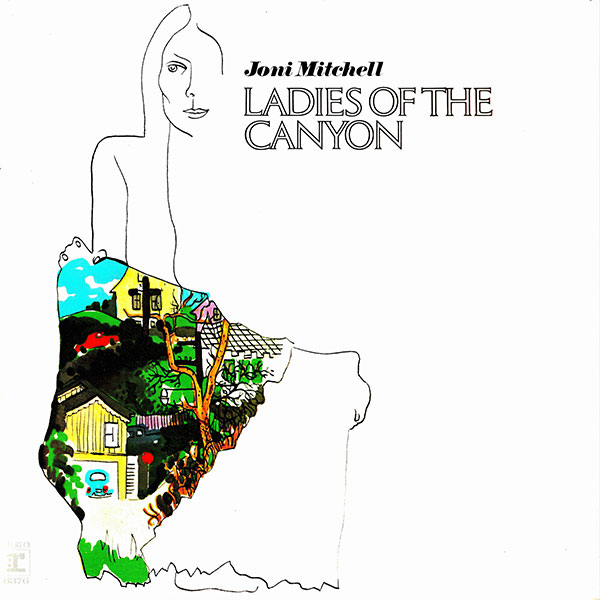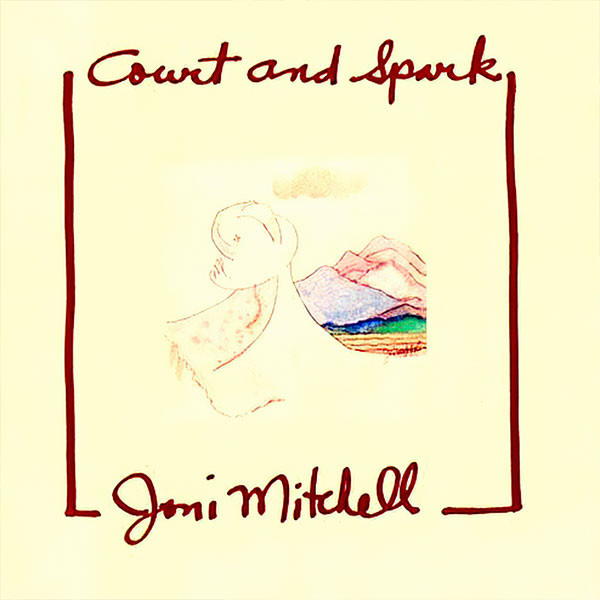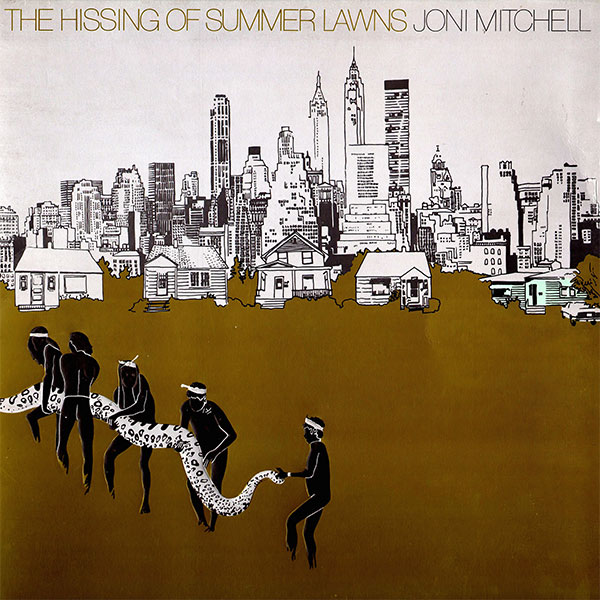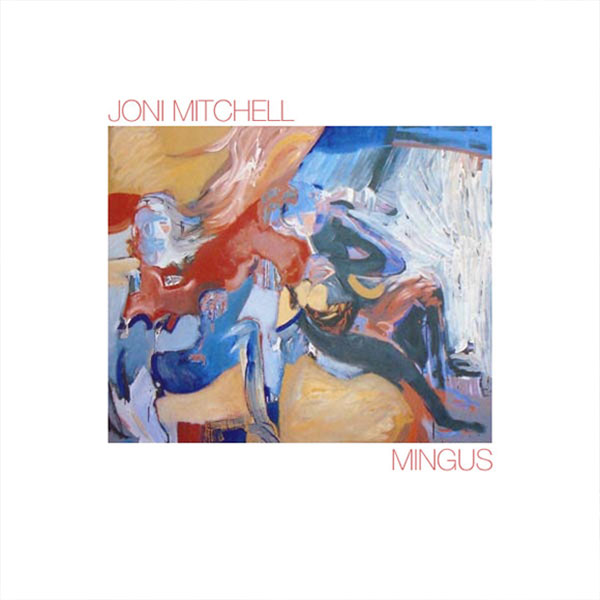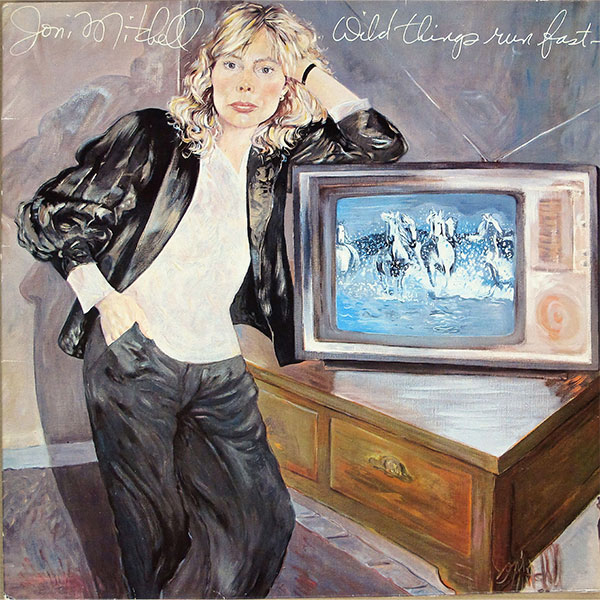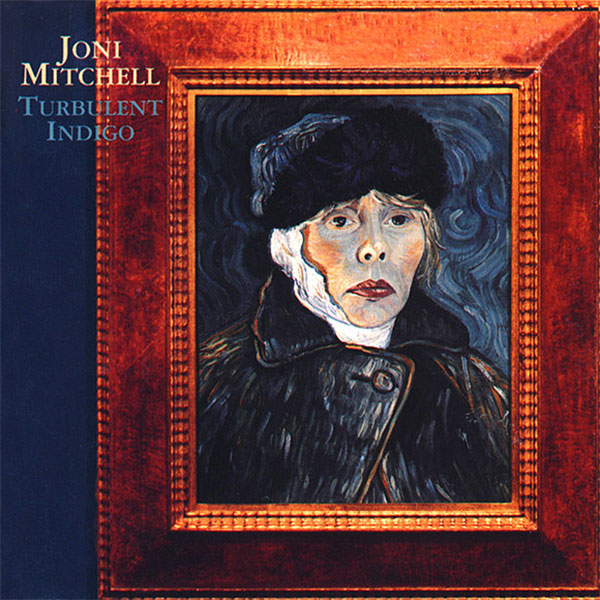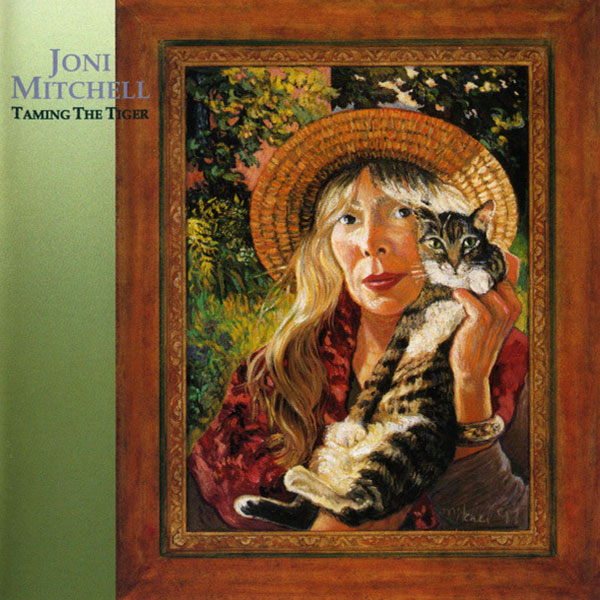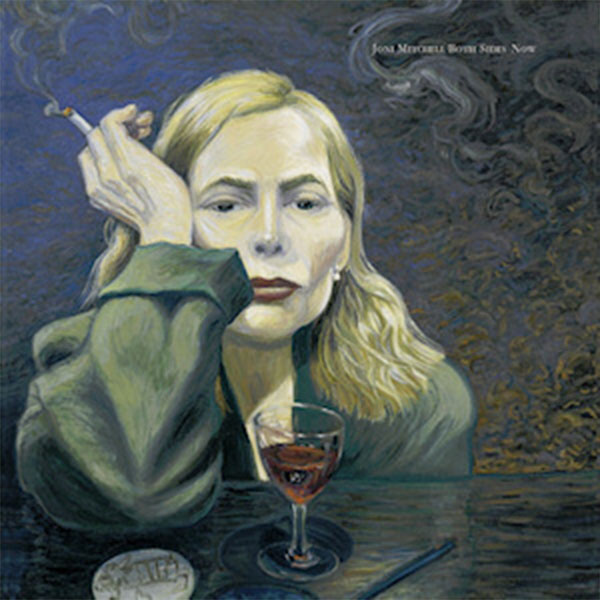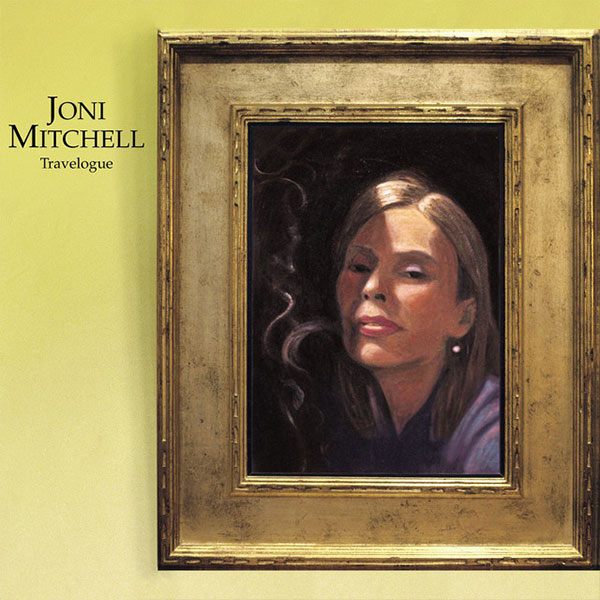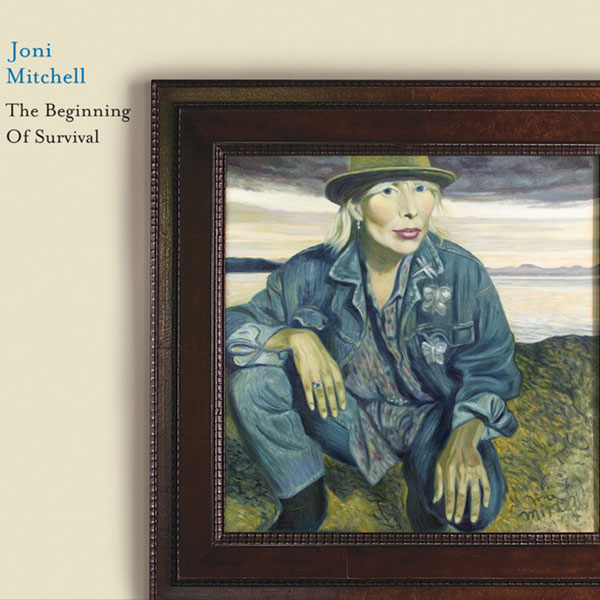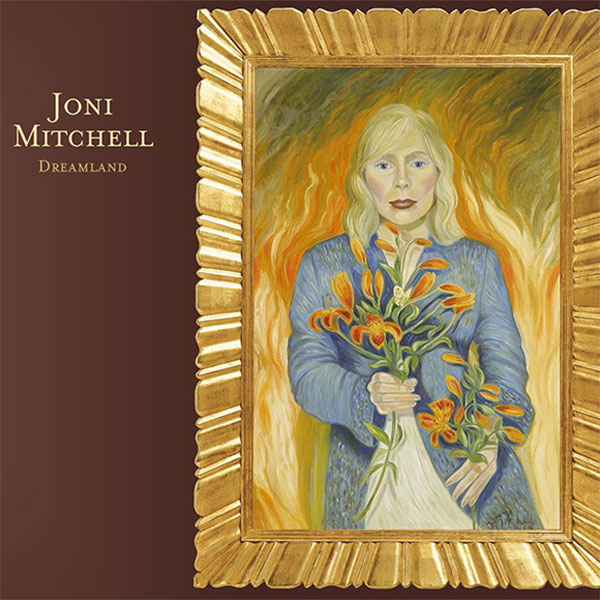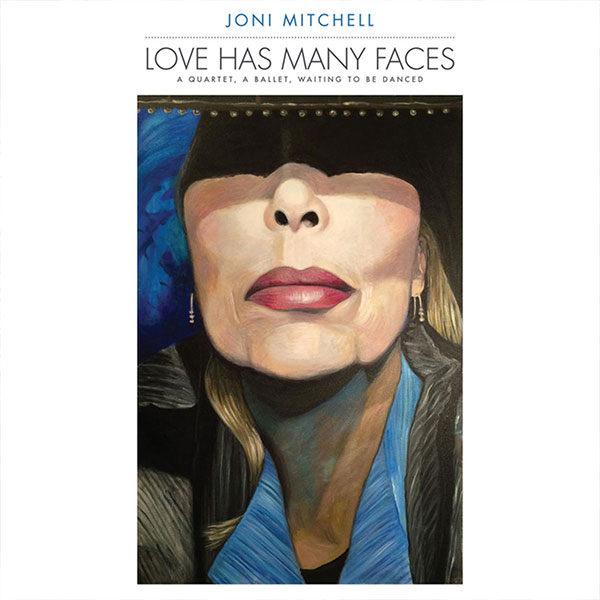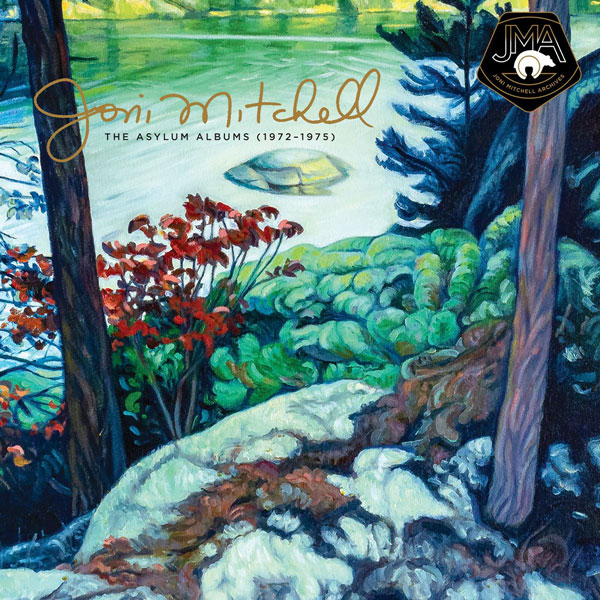“In the early 1970s I used to carry a sketchbook around with me everywhere I went,” Joni Mitchell wrote in 2019, in the foreword to her collection of drawings and song lyrics Morning Glory On The Vine. “The drawings were becoming more important to me than the music at that time,” she added. Indeed, by that pint in her career Mitchell had already used an original illustration as the artwork for her debut album, Song To A Seagull, and a self-portrait had adorned the sleeve of 1969’s Clouds. In the years to come, many striking Joni Mitchell paintings and self-portraits would be used as album covers, establishing the singer-songwriter as a visual artist as much as a musical one.
“I am a painter who writes songs. My songs are very visual”
Mitchell once referred to the relationship between her music and her art as one of “crop rotation”. Just as in agriculture, where land use is circulated to reduce the soil becoming sucked dry of nutrients, Mitchell saw those periods which she devoted to painting as being necessary to her artistic balance. “I am a painter who writes songs. My songs are very visual. The words create scenes…” she explained in 2014.
A teenage Mitchell attended the Alberta College Of Art In Calgary, albeit only for a year. She reputedly didn’t take to the trends of the early 60s – minimalism, abstract expressionism – and their tendency to cast a cool rather than emotional eye over their themes. In painting, as in her songs, Mitchell was interested in the churn of human dynamics, the paradoxes of love, changing states of mind. She was inspired by Van Gogh, Rembrandt, Picasso.
In recent times, as Mitchell largely retired from live appearances and creating new music, her visual art has remained a constant. She continues to produce paintings, primarily for herself. “Painting is obsessive,” Mitchell once said. “I forget to eat. I forget to sleep.” As these Joni Mitchell paintings and self-portraits used as album covers show, we are all richer for her obsession.


